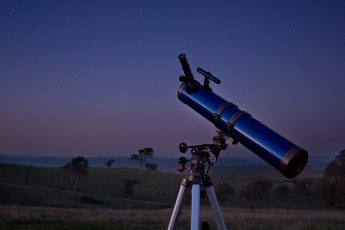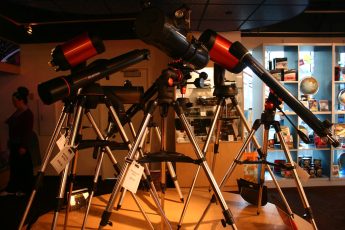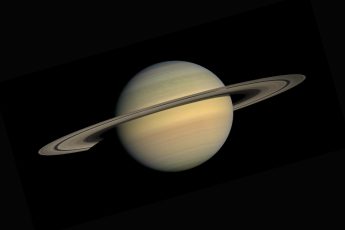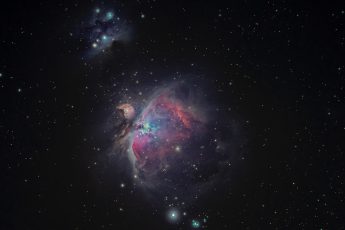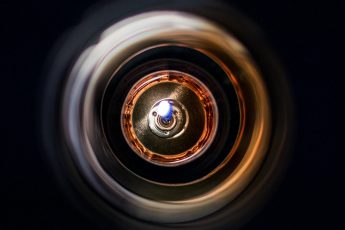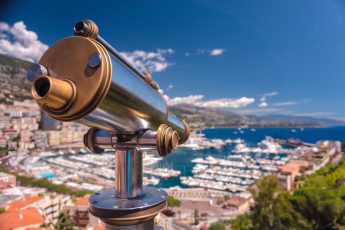Not all telescopes are created equal. Some are designed for specific purposes, such as birdwatching or astronomy. Astronomy telescopes are usually larger, more powerful telescopes that enable you to see distant objects like planets, stars, and galaxies.
And if you want to get really good at using an astronomy telescope, you need to know how to use it correctly to enhance your viewing experience instead of being hindered by mistakes in handling the equipment.
Identify the planets
The first step to observing the planets is identifying them. Planets are bright objects that appear in the sky, unlike stars, which twinkle and fade away at a distance. Because planets do not twinkle like stars, they stand out from the rest of the night sky.
Once you’ve identified a bright object as a planet, keep track of where it appears about background stars at different times throughout the evening or night. This will allow you to see how fast these objects move across space and time!
For example: If your planet is 30 degrees above your local horizon when you look up tonight (meaning that it’s 30 degrees below straight overhead), then wait until tomorrow evening before looking again—you will notice that this object has moved about 15 degrees higher into your field of view!
Purchase an astronomy guidebook.
You’ll need a book to identify the planets in the sky. There are a lot of books that can help you do this, and each one is different. You can find these guides online at your local library or bookstore or purchase them online at sites like Amazon, Barnes & Noble and other retailers.
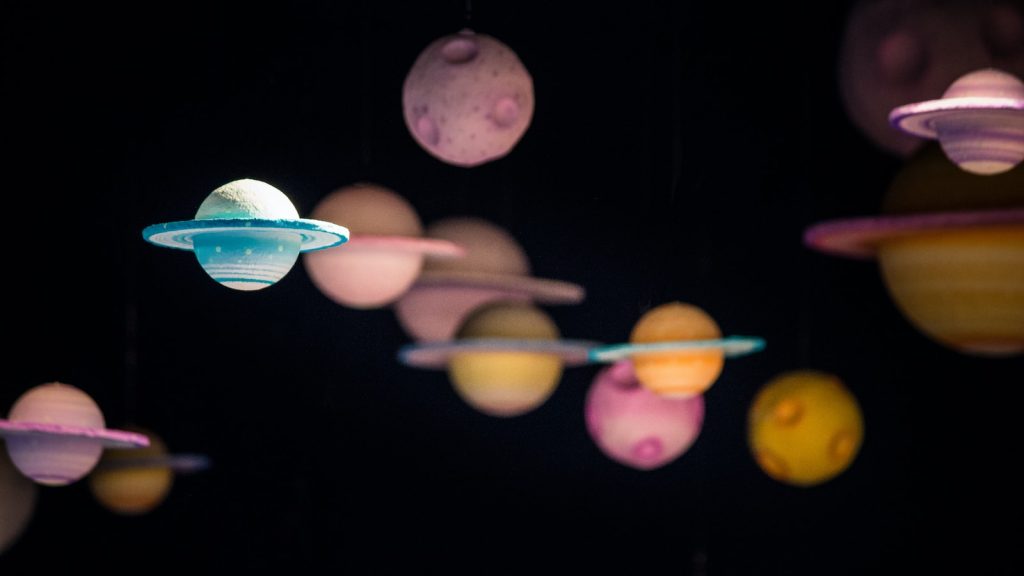
A beginner’s guidebook will usually include:
- A list of what planets are visible on any given night in your area (or all over North America)
- Pictures of what those planets look like from Earth
- Information about each planet’s size, distance from Earth and rotational period
Coordinate the telescope direction with a compass.
Now that you have a good idea of how to use your telescope, let’s talk about how to find the direction of planets. You can use a compass and adjust your telescope to get the best possible picture.
Don’t worry if you don’t have a compass! If this sounds complicated, don’t worry: there are plenty of apps available that will help you figure out which way is north and south by using the phone’s built-in GPS sensor (do not use these apps while driving).
Use a more powerful eyepiece
If you want to see more detail, use a higher magnification eyepiece. An eyepiece is the lens that goes into the telescope and magnifies distant objects. Example: If you were only using your naked eye to look at Jupiter, and you could only see it as a bright white dot (as seen in the image above), you would probably not notice that there are four different colored dots along with this one white dot. However, if you looked through a powerful telescope and used an eyepiece with a higher magnification power, then all of those different colored dots would be visible along with the white one!
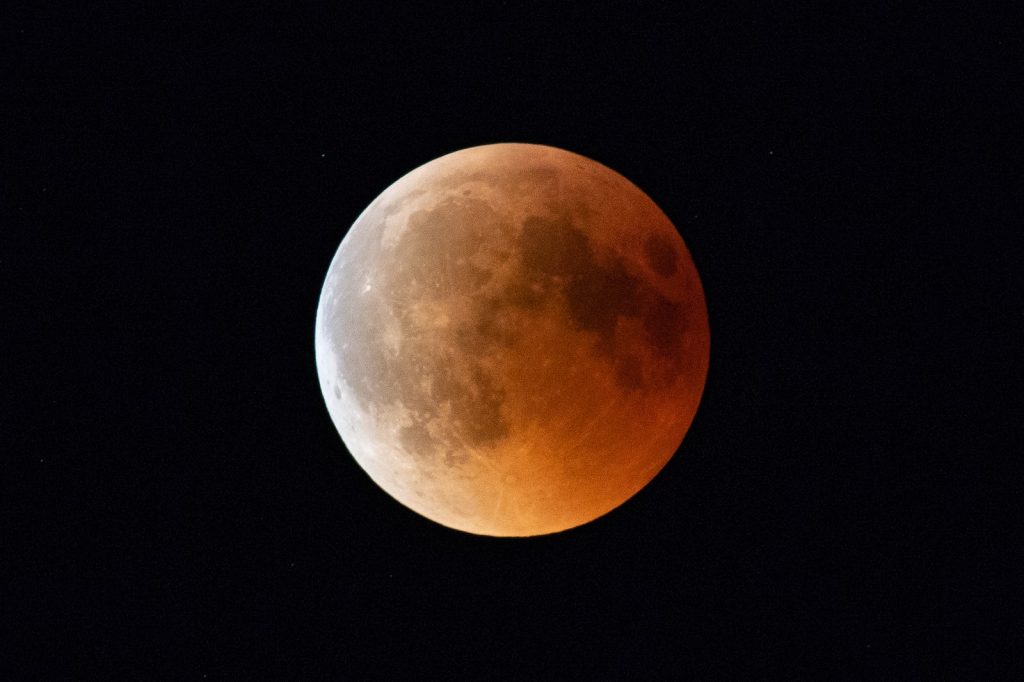
There are many different types of telescopes available at affordable prices today—from small tabletop models that can fit on any windowsill to large ones that require large tables or even specially constructed mounts outdoors! You’ll also find plenty of options for eyepieces too so don’t worry about getting lost when looking for one specific type over another because chances are good there will be something out there just right for whatever budget level works best for your needs!
Purchase a finder scope.
The finder scope is a small telescope that helps you locate the main telescope. It can be handheld or mounted to the main telescope.
The finderscope has crosshairs and a red dot that indicates where to point your eye at in order to look through it. The red dot will appear as an “X” when in use, but only during twilight hours. This is because the reflected light from Venus has no chance of penetrating Earth’s atmosphere and getting below its horizon at sunset or sunrise, so there is nothing for this type of optical device (called an occulter) to reflect until about two hours after sunset or before dawn begins breaking each day.
It’s also important for you not to lose track of where in space these planets are located so that when using your own eyesight instead of an attachment like a finder scope, you can still determine which ones are visible based on their location relative to other nearby planets.
Get the proper accessories and eyewear.
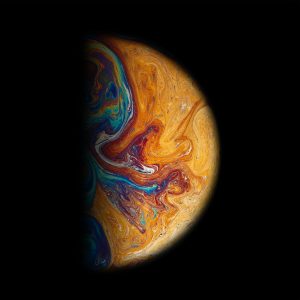
To get the most out of your telescope, it is highly recommended to wear eyepieces while observing. There are many different types available and they essentially act as magnifying lenses. The magnification provided by an eyepiece will vary depending on the type you choose.
Eye relief refers to the distance between your eye and the front lens of a telescope or eyepiece when looking through it. This distance should be comfortable for you so that you do not experience any strain in viewing objects.
There are two main types of telescopes: refractors and reflectors (also called Newtonian). Refractors use lenses at both ends of their optics, while reflectors use mirrors at both ends of their optics instead of lenses. The latter tend to be cheaper than refracting telescopes but also provide less detail in images due to distortion caused by light bouncing off angled surfaces rather than passing straight through like in refracting telescopes where there is only one curved surface (the lens). Both types however can produce fairly good results if used correctly!
You can see planets with telescopes, but you must figure out how to use them correctly.
To get started, you need to identify the planets. It’s not as easy as pointing your telescope at them and saying “there they are.” If you don’t know what you’re looking for, you may end up with many blurry images that are hard to make sense of.
You can purchase an astronomy guidebook or look online for help identifying different planetary patterns. The sooner you learn about these patterns, the better your chances of locating different planets with your telescope. You might also want to keep in mind that some planets appear brighter than others depending on where they are positioned relative to Earth; Mars tends to be brighter than Jupiter or Saturn because it’s closer than those two planets are from us here on Earth!
Conclusion
Finding a guidebook is the best way to start your journey of learning about the planets. There are many different guides available on Amazon, but we recommend one with pictures because pictures can help you identify what you’re looking at. Then, get an eyepiece that can magnify objects better than normal vision so they appear larger and clearer when viewed through these telescopes. Finally, make sure that everything has enough illumination so all objects in space will appear bright enough for us humans!

